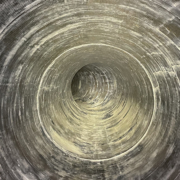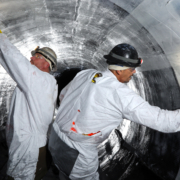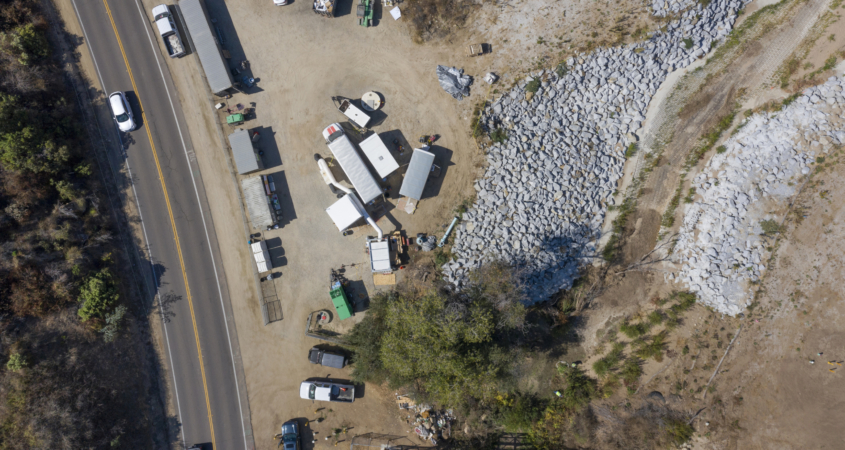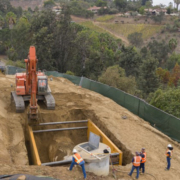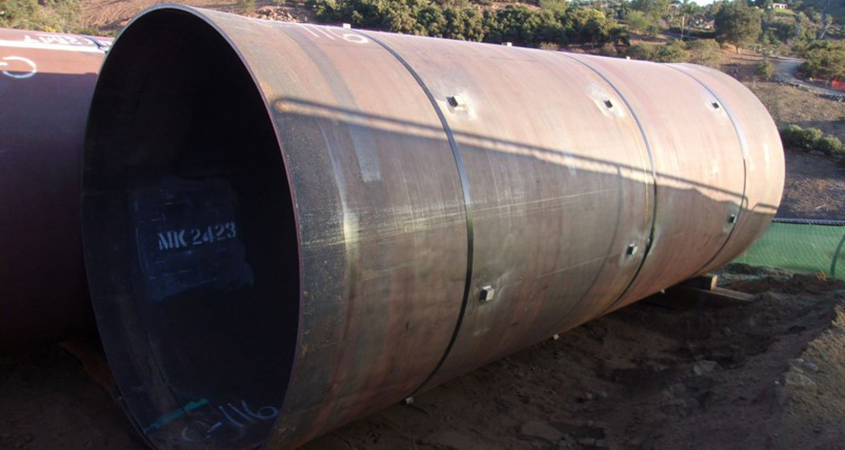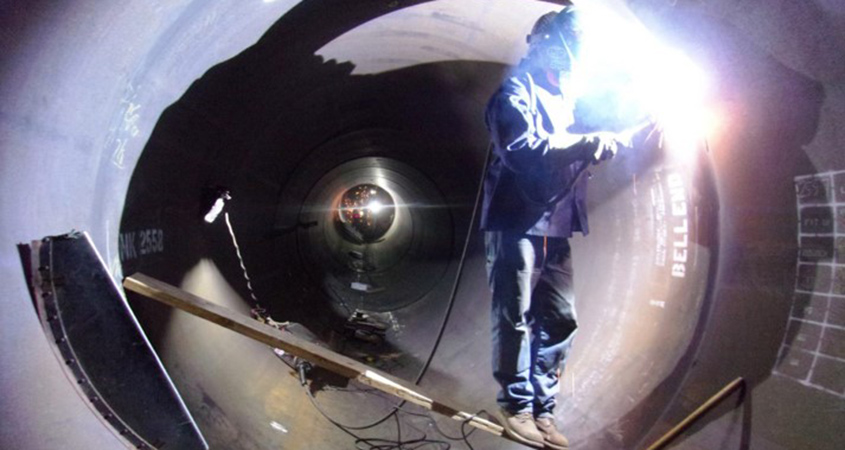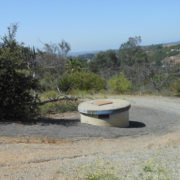Essential Repairs Completed on Pipeline 5 in North County
The San Diego County Water Authority and its contractors have completed essential repairs on a section of Pipeline 5 in North San Diego County between Fallbrook and Escondido. The repairs included installing 156 feet of carbon fiber liner inside the 96-inch pre-stressed concrete cylinder pipe to extend its service life. The pipeline was returned to normal service over the weekend – ahead of the original schedule.
Cutting-edge technology improves pipeline structure
The lining for Pipeline 5 is a material made from layers of carbon and glass fibers combined with polymers that are engineered to efficiently and effectively improve the structural integrity of large-diameter pipelines.
“The timely upgrade to this section of Pipeline 5 is part of the Water Authority’s proactive asset management program,” said Jim Fisher, director of operations and maintenance at the Water Authority. “A key element of providing a safe and reliable water supplies is continually assessing our 310 miles of large-diameter pipeline and making the upgrades necessary to continue serving the region.”
The essential repairs followed similar repairs on nearby Pipeline 4 last year. The Pipeline 5 project started in early April, about the time most Water Authority employees transitioned to working at home due to the COVID-19 pandemic.
“The crews adapted quickly to implement safeguards to protect their health while moving forward with the critical repairs,” said Peter Milligan, engineer at the Water Authority. “We made sure to limit the number of people on-site, wear masks, and maintain a safe physical distance inside where possible.”
Proactive asset management program maintains critical water infrastructure
The asset management program uses cutting-edge technologies, like carbon fiber lining, to monitor and maintain the condition of important regional water infrastructure. Making preventative repairs ensures that regional water service will continue uninterrupted.
Pipeline 5 was built in 1982 and is part of the Water Authority’s Second Aqueduct, which consists of Pipelines 3, 4 and 5. Along with Pipeline 3, Pipeline 5 delivers untreated water from Lake Skinner in southwest Riverside County to the Lower Otay Water Treatment Plant in southern San Diego County.
An analysis to determine a long-term solution to maintain the Second Aqueduct in North San Diego County is underway.

